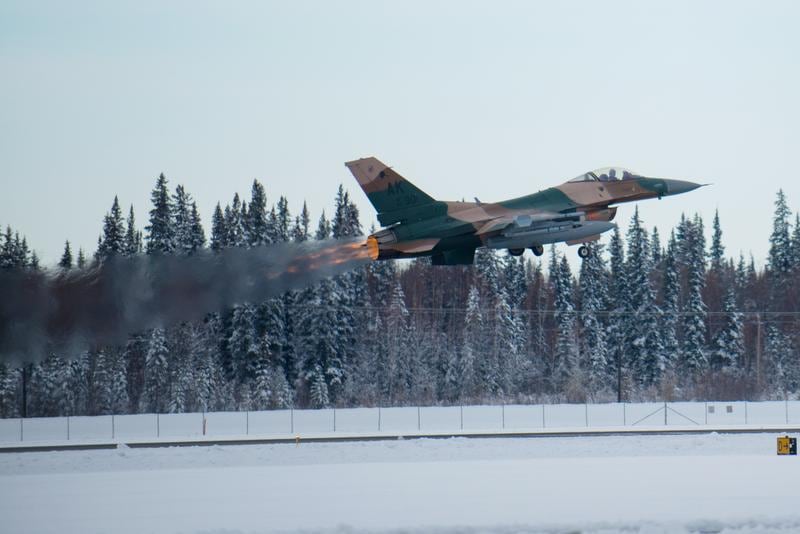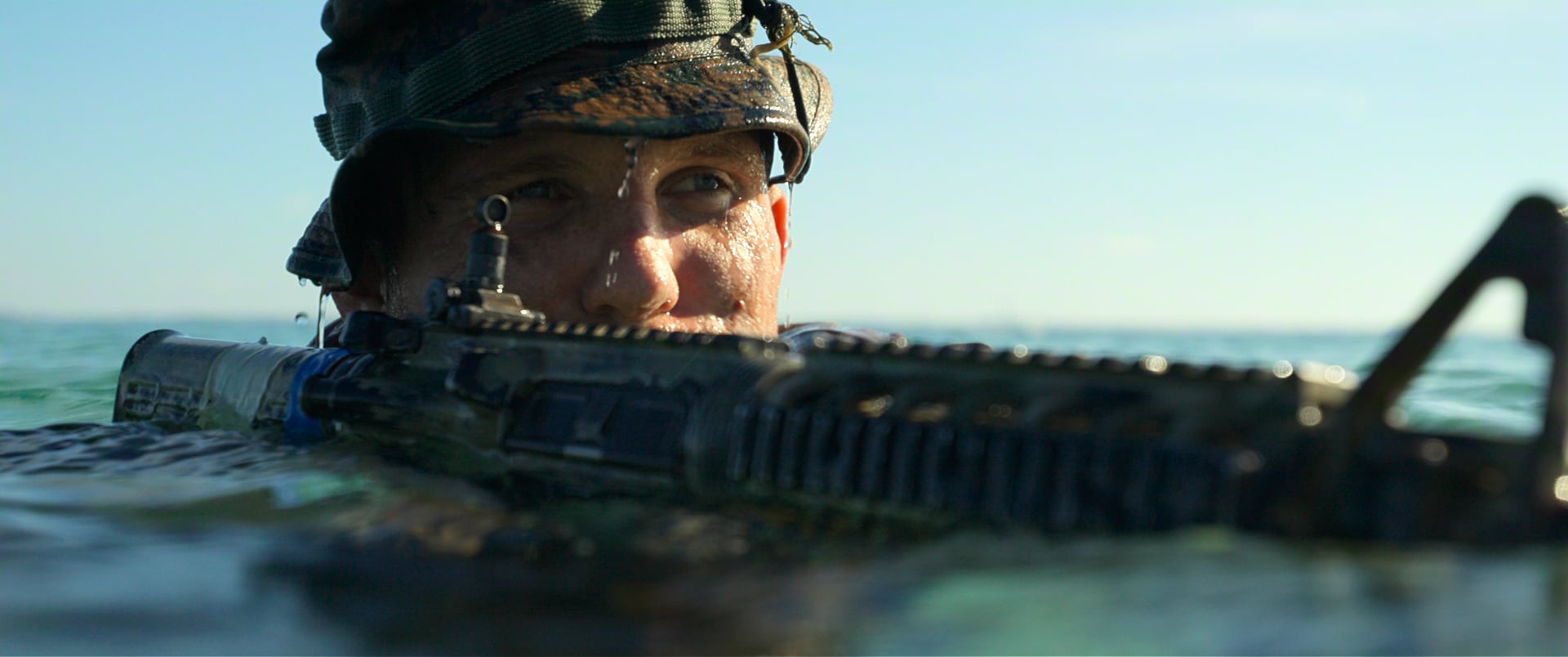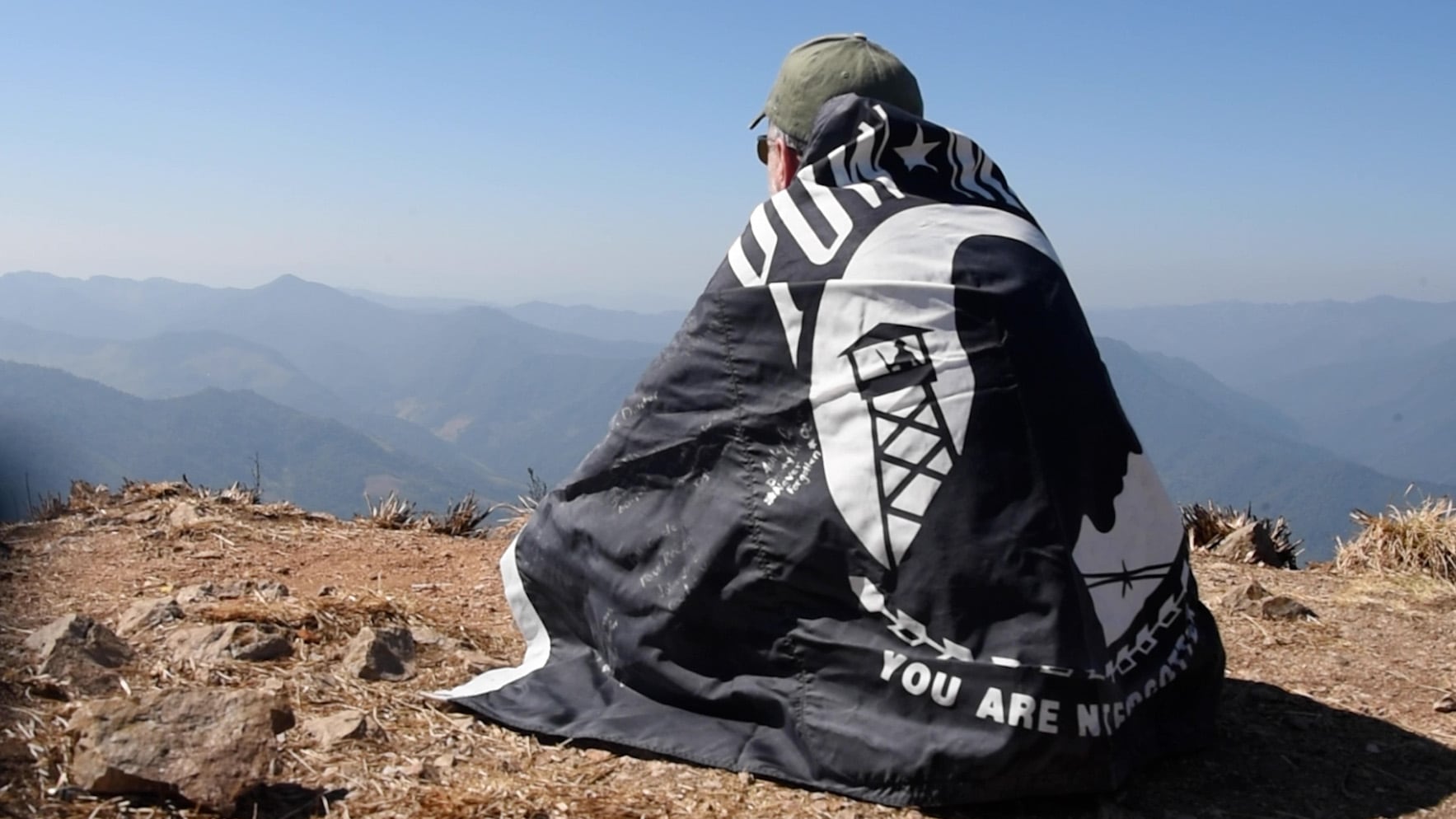If you're interested in trying what could be the next big thing in extreme winter sports, you might not have to wait until winter.
With summer upon us, maybe you're already craving some downhill action back up in the snowline.
Perhaps you're just dreaming of the winter sport season to come. Or, if you're lucky enough to be stationed or taking some leave in a place where snow-capped peaks still beckon for you to come up and play – Germany, Colorado, and the Pacific Northwest among them – maybe you're thinking you might just go dig out those ski gloves right now.
That's exactly what Mike Lium was doing a few days ago.
I met Mike during a weekend hike up into the Olympic Mountains overlooking Washington State's Puget Sound. He was sitting on top of a steep pocket of snow that bottomed out a few hundred feet below into a small frozen alpine lake nestled along this dagger's edge of high country known as Hurricane Ridge.
No ski lifts or tow ropes here, just a herd of deer not far away, following the wild flowers up with the retreating snowline. A black bear rummages in a valley below.
A line of freshly cut snow crisscrosses down the mountainside from Mike's feet, a snowboard tucked into the snow beside him.
Or is that a skateboard? Or, maybe, as I look a little closer, could it be a skateboard piggybacking on top of … a water ski?
"What the hell is that thing?" I ask.
"It's a called a snowskate," he tells me with a wide smile. A 37-year-old pilot for UPS who makes the daily run from Seattle out to the Olympic Peninsula, Lium has been carving up mountainsides for the better part of 25 years.
He tells me the bizarre-looking hybrids have quietly been making their way into snow parks in recent years, particularly among avid snowboarders like him looking for a new challenge. While a few boutique shops have started to sell them, he figured he could save himself the $400 or so that most cost and make one himself.
He took a band saw to an old K2 snowboard and shaped it to about the size of short water ski, about 50 inches, wide at the front, tapering to the back. A pair of wooden trucks – basically just small blocks cut from a two-by-four buffered by rubber grommet to give it a little flex – connect the ski to an old skateboard deck. A few bolts hold it all together, screwed into where the bindings would have connected onto his snowboard.
With his new frankenboard mashup in hand, he was out giving it a test run.
Without bindings, poles or big clunky boots, its lightweight design makes it perfect for backcountry hiking and exploring. He steps on and drops into a run as easily as he would at a skate park, but cutting tight turns through the snow.
But for something that literally joins the worlds of snowboarding and skateboarding, is it the best of both worlds, or the worst?
"A little of both, which is what makes it challenging. And fun."
But it's about twice as hard as snowboarding, he says.
You can't reverse the leading edge, like with a snowboard, but it turns similarly. Of course, the strapless jump-on-and-go benefits of a skateboard are nice, but that also means there's nothing keeping it from slipping right out from under you.
In some ways, he says, it's more like surfing than anything else.
Kevin Turner, a support specialist for Lib Tech, one of the small extreme sports companies in the Seattle area making snowskates, says the hybrids are something of a throwback to the first days of snowboarding in the 1970s, when skateboarders and surfers first started trying to adapt their sports to snow-covered slopes.
While Turner still prefers snowboarding, he says snowskates are a fun alternative, especially when conditions are rough or for backcountry exploring. While still more of an underground niche among die-hard snowboarders looking for new thrills, he says snowskates are starting to gain wider interest.
"I don't know that they'll ever be as popular as snowboards, but they're definitely becoming more popular," Turner says.
Lium says he's hooked.
"I'm loving it so far," he says, as he easily alternates between sliding and hiking through the patchwork of snowfields back down to the trailhead. "Definitely a great way to spend the beginning of summer."





